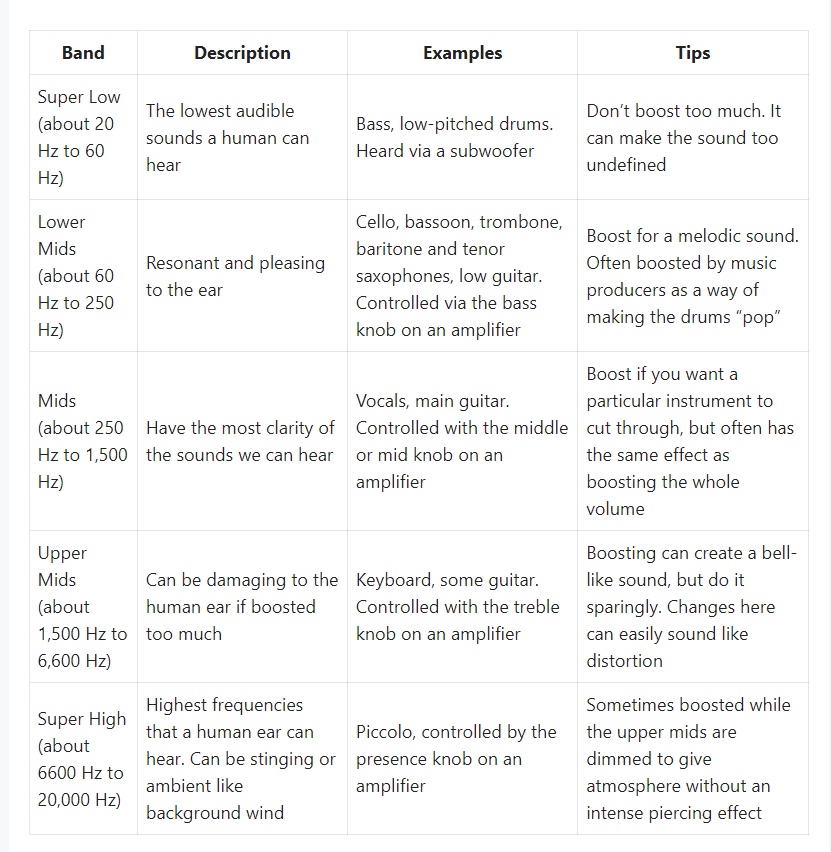Ok, I did some measurements. Fair warning, I am not all that proficient at reading REW graphs. I usually post them to an audiophile site and let the masters interpret them for me. But I will give it my best and please chime in. Warning, I may have to split this post into a few sequential posts. I am not sure how long each post can be. For every measurement I used the same sweep file and the same calibrated UMIK-1 microphone. I help the microphone across my right ear back to front so the end of the microphone was just in front of my nose . I was sitting in the drivers seat for all of the measurements. Surround was off and the seating sound experience was set to "all" for all of these measurements.
Here is the first SPL graph. This graph shows tone neutral and EQ off. This actually looks pretty good.
This graph is a little interesting. I thought to compare the above graph with the EQ turn ON but all settings neutral. You can see slight differences as the frequencies increase.
So I decided to look at 150Hz as there was a 10-15 db drop. I pushed 150 to 100% with the EQ and left all of the other settings the same. At 100% boost, 150Hz increased by about 3db. Here is that comparison.
I then, for the heck of it, pushed 74, 150, and 300 Hz up 100%. As expected it pushed frequencies form about 60-400Hz by 3db. Here is that graph.
Now, here is my personal settings as compared to the neutral graph. As I guessed, I was pushing all lower frequencies by about 10db.
Personally I am not a big bass guy. I run Magnaplanars for my home speakers and they are definitely not big booming speakers. The lack of fader control aside, I was puzzled as to why I wanted to push the low end so much. I think that maybe this next graph may show it. This graph combines the neutral graph with phase. I am just learning how to read the phase graphs but it looks to me as if quite a bit of the low end is 180 degrees out of phase. A thought: If the rear sub woofer is out of phase by 180 degrees with the front sub woofer then they would cancel each other out. This is just a guess as I do more research. I am surprised by the large ranges that are either 180 or -180 our of phase in the low ends.
As I mentioned, I am new to interpreting all of these graphs. So any insight is welcome.






